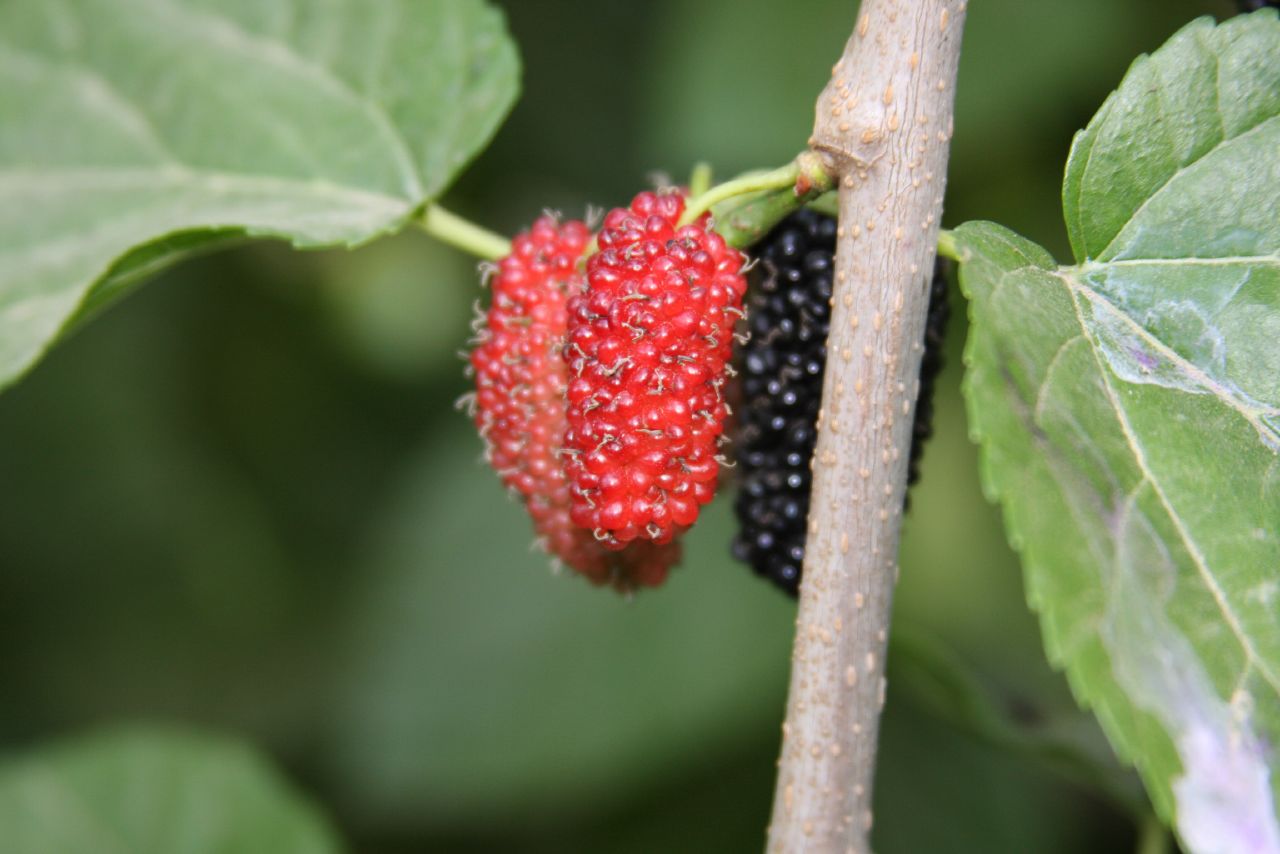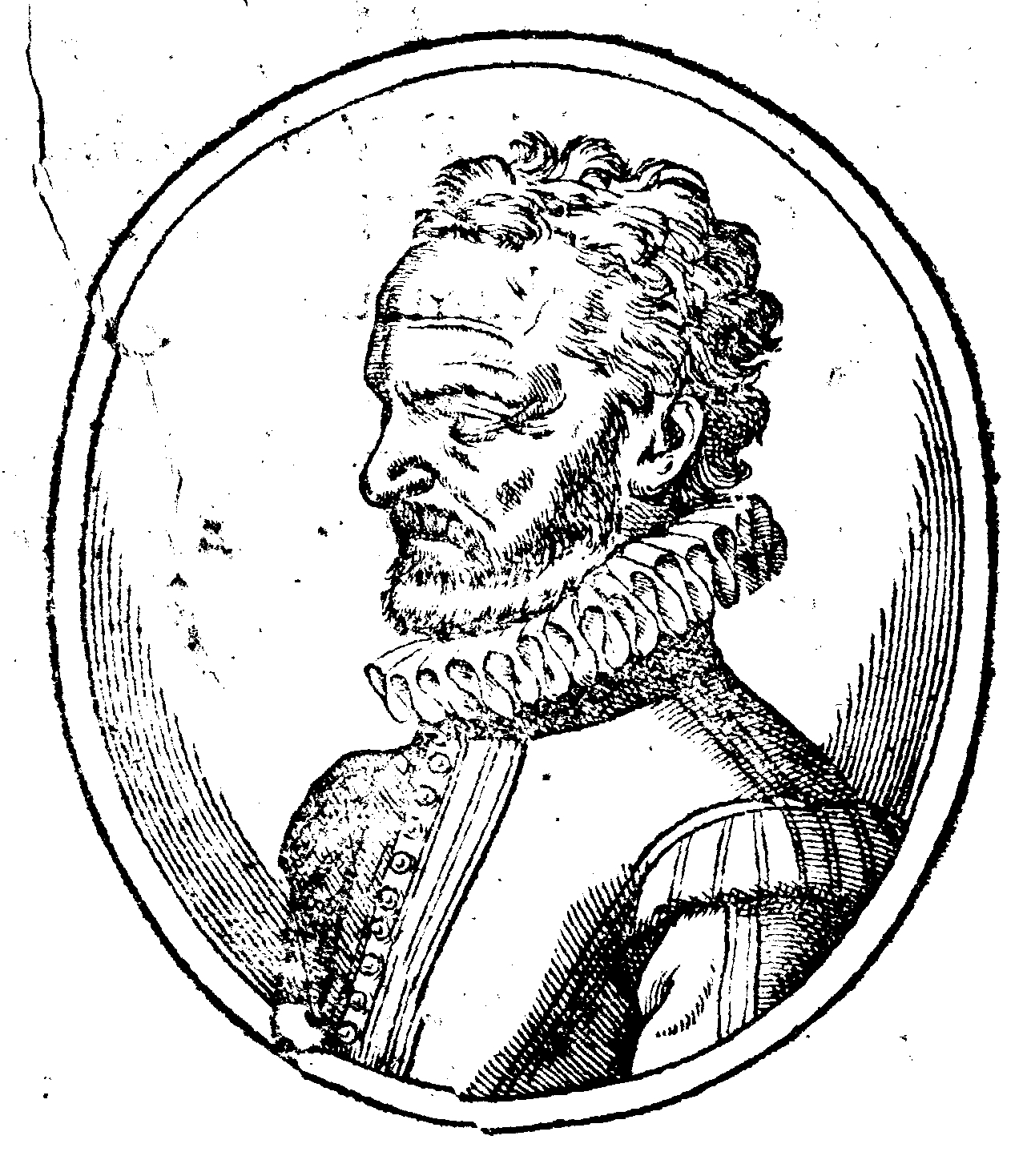|
François Traucat
Francois Traucat (first half of 16th-century) was a gardener and treasure hunter from Nîmes, France. He is remembered for enthusiastically pursuing the planting of mulberry trees in Southern France to encourage silk production. In these efforts he was aided by Olivier de Serres and encouraged by Barthélemy de Laffemas, and the economic policies of King Henry IV of France. He is also remembered for expending his resources in searching for a treasure associated the Gallic-Ancient Roman Tour Magne in Nîmes, based on some lines in the prophecies of Nostradamus Michel de Nostredame (December 1503 – July 1566), usually Latinised as Nostradamus, was a French astrologer, apothecary, physician, and reputed seer, who is best known for his book '' Les Prophéties'' (published in 1555), a collection ....Derived in part from French Wikipedia entry. References {{DEFAULTSORT:Traucat, Francois Year of birth unknown Year of death unknown 17th-century French botanists Fren ... [...More Info...] [...Related Items...] OR: [Wikipedia] [Google] [Baidu] |
Nîmes
Nîmes ( , ; oc, Nimes ; Latin: ''Nemausus'') is the prefecture of the Gard department in the Occitanie region of Southern France. Located between the Mediterranean Sea and Cévennes, the commune of Nîmes has an estimated population of 148,561 (2019). Dubbed the most Roman city outside Italy, Nîmes has a rich history dating back to the Roman Empire when the city had a population of 50,000–60,000 and was the regional capital. Several famous monuments are in Nîmes, such as the Arena of Nîmes and the Maison Carrée. Because of this, Nîmes is often referred to as the "French Rome". Origins Nimes is situated where the alluvial plain of the Vistrenque River abuts the hills of Mont Duplan to the northeast, Montaury to the southwest, and to the west Mt. Cavalier and the knoll of Canteduc. Its name appears in inscriptions in Gaulish as ''dede matrebo Namausikabo'' ("he has given to the mothers of Nîmes") and "''toutios Namausatis''" ("citizen of Nîmes"). Nemausus w ... [...More Info...] [...Related Items...] OR: [Wikipedia] [Google] [Baidu] |
Mulberry Trees
''Morus'', a genus of flowering plants in the family Moraceae, consists of diverse species of deciduous trees commonly known as mulberries, growing wild and under cultivation in many temperate world regions. Generally, the genus has 64 identified species, three of which are well-known and are ostensibly named for the fruit color of the best-known cultivar: white, red, and black mulberry (''Morus alba'', '' M. rubra'', and '' M. nigra'', respectively), with numerous cultivars. ''M. alba'' is native to South Asia, but is widely distributed across Europe, Southern Africa, South America, and North America. ''M. alba'' is also the species most preferred by the silkworm, and is regarded as an invasive species in Brazil and the United States. The closely related genus ''Broussonetia'' is also commonly known as mulberry, notably the paper mulberry (''Broussonetia papyrifera''). Description Mulberries are fast-growing when young, and can grow to tall. The leaves a ... [...More Info...] [...Related Items...] OR: [Wikipedia] [Google] [Baidu] |
Silk
Silk is a natural protein fiber, some forms of which can be woven into textiles. The protein fiber of silk is composed mainly of fibroin and is produced by certain insect larvae to form cocoons. The best-known silk is obtained from the cocoons of the larvae of the mulberry silkworm '' Bombyx mori'' reared in captivity ( sericulture). The shimmering appearance of silk is due to the triangular prism-like structure of the silk fibre, which allows silk cloth to refract incoming light at different angles, thus producing different colors. Silk is produced by several insects; but, generally, only the silk of moth caterpillars has been used for textile manufacturing. There has been some research into other types of silk, which differ at the molecular level. Silk is mainly produced by the larvae of insects undergoing complete metamorphosis, but some insects, such as webspinners and raspy crickets, produce silk throughout their lives. Silk production also occurs in hymenopte ... [...More Info...] [...Related Items...] OR: [Wikipedia] [Google] [Baidu] |
Olivier De Serres
Olivier de Serres (; 1539–1619) was a French author and soil scientist whose '' Théâtre d'Agriculture'' (1600) was the accepted textbook of French agriculture in the 17th century. Biography Serres was born in 1539 at Villeneuve-de-Berg, Ardèche. His brother, Jean de Serres, was a well-known French humanist and translated the complete works of Plato. His book was notable for recommending winegrowers to plant 5 to 6 varieties in their vineyards to balance the risk of a crop failing, an early advocacy of crop rotation. It also recommended ''métayage'' (sharecropping) so that cash tenants would take all the risks and thus demand lower rent, as hired labour is expensive to manage. Sharecroppers administer themselves and risks are divided with the landlord. According to him, only large landowners should take the risk of hiring labourers and running the estate themselves.The Economic Theory of Sharecropping in Early Modern France, Philip Hoffman, The Journal of Economic Hist ... [...More Info...] [...Related Items...] OR: [Wikipedia] [Google] [Baidu] |
Barthélemy De Laffemas
Bartholomew Laffemas was an economist, born in Beausemblant, France in 1545. He is officially recorded as dying in Paris in 1612. However, it is rumoured that he actually died on September 23, 1611, after falling from his horse. He is known as the first person to write about underconsumption Biography Beginnings Coming from the gentry Protestant, poor, he worked and became a tailor. He left the Dauphiné and went to Navarre. There he met Henry of Navarre, the future Henry IV of France. Then, in 1576, he became a "silver merchant" for the king. In 1579, the king owes his supplier 483 491 pounds. He had to borrow the money for his business, paid in annuities. In a memoir, Laffemas wrote that he lifted "..the silverware shop of the king, and borrowed over two hundred thousand crowns ...". These annuities are not as good and he was pursued by the creditors, and imprisoned for debt. When Henry of Navarre became King of France he was freed. General of Trade In 1596, in his "memory to ... [...More Info...] [...Related Items...] OR: [Wikipedia] [Google] [Baidu] |
Henry IV Of France
Henry IV (french: Henri IV; 13 December 1553 – 14 May 1610), also known by the epithets Good King Henry or Henry the Great, was King of Navarre (as Henry III) from 1572 and King of France from 1589 to 1610. He was the first monarch of France from the House of Bourbon, a cadet branch of the Capetian dynasty. He was assassinated in 1610 by François Ravaillac, a Catholic zealot, and was succeeded by his son Louis XIII. Henry was the son of Jeanne III of Navarre and Antoine de Bourbon, Duke of Vendôme. He was baptised as a Catholic but raised in the Protestant faith by his mother. He inherited the throne of Navarre in 1572 on his mother's death. As a Huguenot, Henry was involved in the French Wars of Religion, barely escaping assassination in the St. Bartholomew's Day massacre. He later led Protestant forces against the French royal army. Henry became king of France in 1589 upon the death of Henry III, his brother-in-law and distant cousin. He was the first ... [...More Info...] [...Related Items...] OR: [Wikipedia] [Google] [Baidu] |
Tour Magne
Tour or Tours may refer to: Travel * Tourism, travel for pleasure * Tour of duty, a period of time spent in military service * Campus tour, a journey through a college or university's campus * Guided tour, a journey through a location, directed by a guide * Walking tour, a visit of a historical or cultural site undertaken on foot Entertainment * Concert tour, a series of concerts by an artist or group of artists in different locations * Touring theatre, independent theatre that travels to different venues Sports * Professional golf tours, otherwise unconnected professional golf tournaments * Tennis tour, tennis played in tournament format at a series of venues * Events in various sports named the Pro Tour (other) * Tour de France ('), the world's biggest bicycle race Places * Tour-de-Faure, Lot, France * Tour-en-Bessin, Calvados, France * Tour-en-Sologne, Loir-et-Cher, France * Tours, Indre-et-Loire, France * Tours-en-Savoie, Savoie, France * Tours-en-Vimeu, Somme, F ... [...More Info...] [...Related Items...] OR: [Wikipedia] [Google] [Baidu] |
Nostradamus
Michel de Nostredame (December 1503 – July 1566), usually Latinised as Nostradamus, was a French astrologer, apothecary, physician, and reputed seer, who is best known for his book '' Les Prophéties'' (published in 1555), a collection of 942 poetic quatrains allegedly predicting future events. Nostradamus's father's family had originally been Jewish, but had converted to Catholic Christianity a generation before Nostradamus was born. He studied at the University of Avignon, but was forced to leave after just over a year when the university closed due to an outbreak of the plague. He worked as an apothecary for several years before entering the University of Montpellier, hoping to earn a doctorate, but was almost immediately expelled after his work as an apothecary (a manual trade forbidden by university statutes) was discovered. He first married in 1531, but his wife and two children died in 1534 during another plague outbreak. He fought alongside doctors against the ... [...More Info...] [...Related Items...] OR: [Wikipedia] [Google] [Baidu] |
Year Of Birth Unknown
A year or annus is the orbital period of a planetary body, for example, the Earth, moving in its orbit around the Sun. Due to the Earth's axial tilt, the course of a year sees the passing of the seasons, marked by change in weather, the hours of daylight, and, consequently, vegetation and soil fertility. In temperate and subpolar regions around the planet, four seasons are generally recognized: spring, summer, autumn and winter. In tropical and subtropical regions, several geographical sectors do not present defined seasons; but in the seasonal tropics, the annual wet and dry seasons are recognized and tracked. A calendar year is an approximation of the number of days of the Earth's orbital period, as counted in a given calendar. The Gregorian calendar, or modern calendar, presents its calendar year to be either a common year of 365 days or a leap year of 366 days, as do the Julian calendars. For the Gregorian calendar, the average length of the calendar year ... [...More Info...] [...Related Items...] OR: [Wikipedia] [Google] [Baidu] |
17th-century French Botanists
The 17th century lasted from January 1, 1601 ( MDCI), to December 31, 1700 ( MDCC). It falls into the early modern period of Europe and in that continent (whose impact on the world was increasing) was characterized by the Baroque cultural movement, the latter part of the Spanish Golden Age, the Dutch Golden Age, the French ''Grand Siècle'' dominated by Louis XIV, the Scientific Revolution, the world's first public company and megacorporation known as the Dutch East India Company, and according to some historians, the General Crisis. From the mid-17th century, European politics were increasingly dominated by the Kingdom of France of Louis XIV, where royal power was solidified domestically in the civil war of the Fronde. The semi-feudal territorial French nobility was weakened and subjugated to the power of an absolute monarchy through the reinvention of the Palace of Versailles from a hunting lodge to a gilded prison, in which a greatly expanded royal court could be more easily ... [...More Info...] [...Related Items...] OR: [Wikipedia] [Google] [Baidu] |








